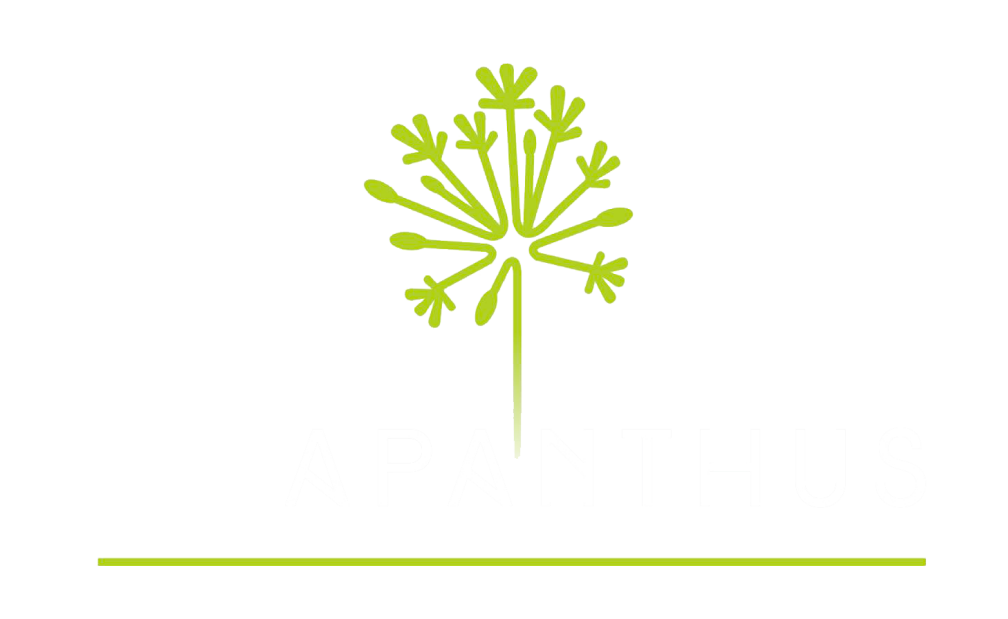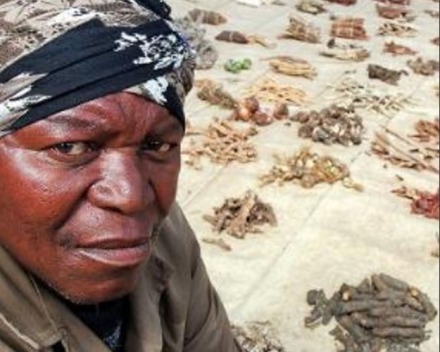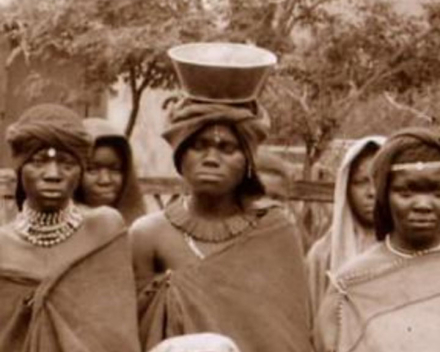- Home
- Agapanthus
- Properties of the Agapanthus
Properties of the Agapanthus
Invasive plant in warm regions
The plant is expected to grow rapidly in Mediterranean and subtropical regions.
In the Mediterranean, the Nile Delta, Madeira, Australia and New Zealand, the agapanthus spread explosively, so much that the indigenous flora was threatened and programs are being started to curb the Agapanthus particularly strongly today. New Zealand would even consider introducing a ban on growing and keeping Agapanthus in the garden.
In our (too) moderate regions, this problem is not yet at issue, as seedlings without good protection do not survive the winters.
Medicinal and magical properties
The Agapanthus has a variety of magical and medicinal uses for both the Zulu’s and the Xhosa population in South Africa. The most appealing tradition is that the Xhosa bride wore a necklace of dried Agapanthus roots, this necklace would ensure that the wearer had many powerful children and that the births went without complications.
The roots were also used as a remedy for menstrual pains and labor pains. From certain varieties, the Xhosa also make a kind of 'paste' for the treatment of swollen legs. At the Zulu's, Agapanthus roots were used for heart disease, paralysis, colds, chest pains, fever, etc. It was also considered a protection against thunderstorms.
The medical power is largely based on the presence of Saponin, a substance that has anti-inflammatory properties, prevents edema, is cough-resistant and supports the immune system.
The dried roots of the Agapanthus are for sale in all markets in South Africa, they are always harvested in the winter after seed formation, harvesting in the summer would cause severe thunderstorms according to superstition, a good example of how superstition can preserve nature to work.
Agapanthus cultivars classified according to the inflorescence
(Wim Snoeijer 2004 - Agapanthus a revision of the genius)
- Funnel-shaped flowers (Funnel Group)
- Trumpet-shaped flowers (Trumpet Group)
- Salver flowers (Salver Group)
- Tubular flowers (Tubular Group)
- Variegated Leaf Group (Variegated Leaf Group)
Also take a look at the book 'Revision of the Genus' by Wim Snoeijer (pages 43 to 57)


